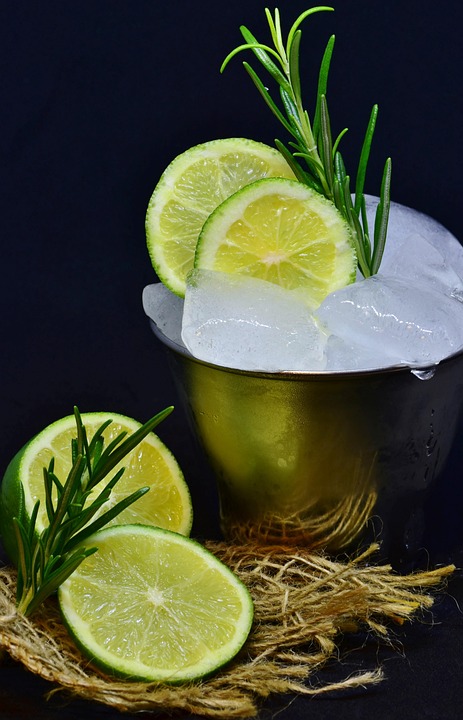Introduction
Sensory analysis plays a crucial role in the beverage industry, especially when it comes to scoring and standardizing soda profiles. In this report, we will delve into what sensory analysts must consider when evaluating soda products to ensure consistency and quality.
Factors to Consider in Sensory Analysis of Soda
1. Flavor Profile
One of the most important aspects of sensory analysis in soda is the flavor profile. Analysts must consider the balance of sweetness, acidity, and other flavor components to ensure that the soda meets consumer expectations. They also need to assess the intensity and duration of flavor to determine the overall sensory experience.
2. Aroma
The aroma of a soda can greatly impact its overall appeal. Analysts must evaluate the intensity and complexity of the aroma, as well as how well it complements the flavor profile. A pleasant aroma can enhance the overall sensory experience and make the soda more enticing to consumers.
3. Mouthfeel
The mouthfeel of a soda refers to its texture and carbonation level. Analysts must assess the viscosity, carbonation, and overall mouth-coating properties of the soda to ensure that it is consistent with the brand’s standards. The mouthfeel can greatly influence the perceived quality of the soda and should be carefully evaluated.
4. Appearance
The appearance of a soda can also impact its sensory appeal. Analysts must consider factors such as color, clarity, and effervescence when evaluating the visual aspects of the product. A visually appealing soda can enhance the overall sensory experience and make it more attractive to consumers.
Standardizing Soda Profiles
1. Calibration of Sensory Panels
To ensure consistency in sensory analysis, it is essential to calibrate sensory panels regularly. This involves training panelists to evaluate soda products using standardized criteria and reference samples. By calibrating sensory panels, companies can ensure that evaluations are objective and consistent across different batches of soda.
2. Use of Sensory Analysis Software
Many companies use sensory analysis software to standardize soda profiles. This software allows analysts to input data from sensory evaluations, track trends over time, and compare results across different products. By using sensory analysis software, companies can identify areas for improvement and make data-driven decisions to enhance the sensory appeal of their soda products.
3. Collaboration with Flavor Experts
In some cases, companies may collaborate with flavor experts to standardize soda profiles. These experts have a deep understanding of flavor chemistry and can help companies optimize the flavor profile of their soda products. By working with flavor experts, companies can ensure that their soda products meet consumer preferences and stand out in the competitive beverage market.
Industry Insights
Market Trends
The soda industry is constantly evolving, with consumers becoming more health-conscious and demanding innovative flavors and formulations. Companies must stay ahead of market trends by conducting regular sensory analysis and adapting their soda profiles to meet changing consumer preferences. By staying attuned to market trends, companies can maintain a competitive edge in the beverage industry.
Financial Data
According to industry reports, the global soda market was valued at $XX billion in 2020 and is projected to grow at a CAGR of XX% from 2021 to 2026. This growth is driven by factors such as increasing disposable incomes, changing consumer lifestyles, and the introduction of new soda flavors and formulations. Companies that invest in sensory analysis to standardize their soda profiles are well-positioned to capitalize on this growth and meet consumer demand for high-quality beverages.
In conclusion, sensory analysts play a critical role in evaluating and standardizing soda profiles to ensure consistency, quality, and consumer appeal. By considering factors such as flavor profile, aroma, mouthfeel, and appearance, analysts can help companies optimize their soda products and stay competitive in the dynamic beverage industry. By leveraging sensory analysis techniques, companies can meet consumer expectations, drive sales, and maintain a strong position in the market.




